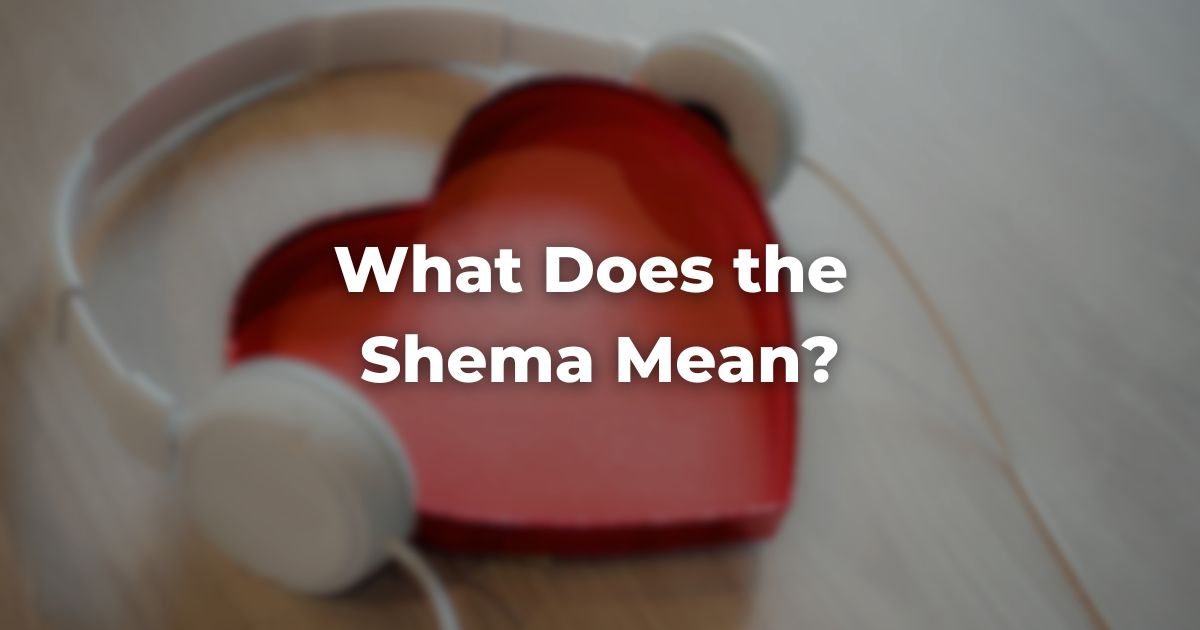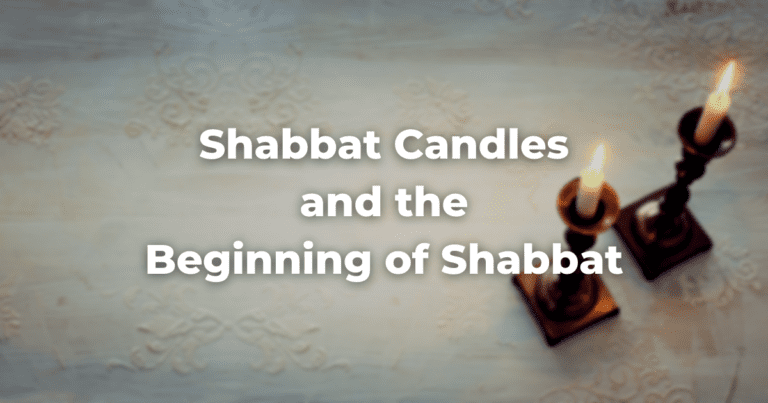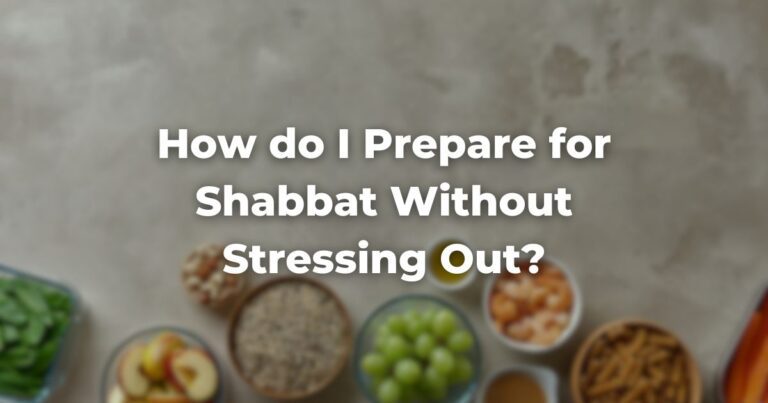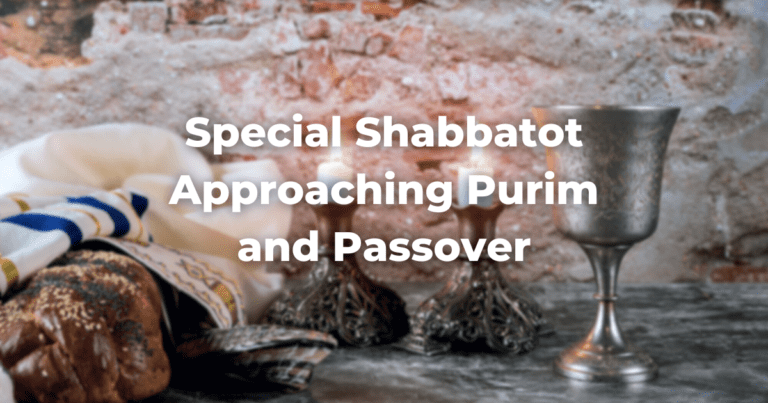שְׁמַע יִשְׂרָאֵל ה׳ אֱלֹהֵינוּ ה׳ אֶחָד׃
Shema Yisrael! Adonai Eloheinu, Adonai Echad
In honor of the Jewish people’s favorite haiku, here is a summary of this article in haiku form:
Hearing G-d’s own voice
Jews respond to act and love
Reenacts Sinai
With the poetry out of the way, let’s answer the question more fully: What does the Shema mean?
First, the Shema is not a prayer. A prayer is when we ask for something (ie. “I pray thee!”). The Shema is closer to a declaration, a reenactment, an affirmation of faith and love.
We’ll travel through this six-word phrase bit by bit, gleaning meaning along the way:
שְׁמַע יִשְׂרָאֵל Shema Yisrael
Listen, Israel!
Starting with the first two words, we immediately run into translation issues. In the Shema, nearly every word is difficult to translate and understand. Yisrael is easy enough, referring to the spiritual or biological descendants of Jacob, aka Yisrael. But Shema could mean listen, hear, obey, or understand.
Rabbi Reuven Kimelman, a professor of Jewish liturgy at Brandeis University, notes that the Shema may have once been a call and response, not an uninterrupted six-word mantra like it is today. The first two words were recited by the leader, “Listen, Israel!”, with the following four words recited by the gathered people. This call and response makes the words “Shema Yisrael” feel more like a prompt, a demand, or a teaching tool. But what are we supposed to learn?
The Shema is a verse from the TorahRefers to the first five books of the Hebrew Bible, the Tanakh, also called the Five Books of Moses, Pentateuch or the Hebrew equivalent, Humash. This is also called the Written Torah. The term may also refer to teachings that expound on Jewish tradition. Read more, Deuteronomy 6:4 to be exact, and it appears to have a connection to the Ten Commandments and G-d’s revelation at Sinai. It comes after Moses tells the new generation of Israelites about the previous generation’s encounter with G-d at Sinai, reciting the Ten Commandments to them. MishnaA collection of rabbinic teachings edited in Israel around 225 CE. Organized in six sedaraim by subject matter and dealing with both ritual and civil law. Both the Jerusalem and Babylonian Talmud are expansive discussions of the Mishnah. Read more Tamid 5:1 also notes that the priests would recite the Shema and the Ten Commandments one after the other.
For Professor Kimelman, this connection is crucial. The service-leader says “Listen, Israel!” and we reply together with what we heard at Sinai: “Adonai is our G-d! Adonai alone!” We are asked what we heard at Sinai, and we recite a summary of the first two commandments, ie., ‘I am the Lord Your G-d’ and ‘You shall have no other gods before Me.’’
Therefore, Professor Kimelman says, “the Shema is not just a statement of the Jewish creed, it’s not just an affirmation that G-d is one. It turns out that the Shema is a reenactment of the original revelation! And when one says the Shema, one is to imagine oneself as if they were at Sinai itself, responding to G-d’s call.”
In other words, the “hearing” of the Shema is G-d’s voice at Sinai. By completing the phrase, declaring G-d to be our G-d, we reenact and reaffirm our people’s multi-millennium-long commitment to being in relationship with G-d.
ה׳ אֱלֹהֵינוּ Adonai Eloheinu
G-d is our G-d
G-d has a name. It is a name which G-d first used when speaking to Moses. That name, spelled with the Hebrew letters yud, hey, vav, and hey, is totally unpronounceable to today’s Jews. We don’t know how to say it, and we’re discouraged from trying. This can make discussing G-d difficult in English, as the word we use instead of pronouncing G-d’s name is the word “G-d”, but “G-d” is also G-d’s job title.
In some translations, they replace G-d’s name with “LORD” but here I’m just using “G-d.” Hence the slightly circular translation “G-d is our G-d.” In Hebrew, this situation comes up as well, which is why you’ll hear people refer to G-d as “HaShem” meaning “the name.”
When we say this two-word phrase, we are declaring our allegiance to the deity whose name is spelled yud, hey, vav, hey. That name is likely some version of the Hebrew word for “to be,” as G-d says in Exodus 3:14 “אֶהְיֶה אֲשֶׁר אֶהְיֶה” “I Am what I Am” or “I will Be what I will Be.”
The G-d of the Jewish people, as Rabbi Elie Kaunfer of Hadar teaches, is the G-d who will be with us. In this part of the Shema, we declare our fealty to that G-d, saying we will be with G-d too. We’re in this together.
ה׳ אֶחָד Adonai Echad
G-d Alone (Or, “G-d is One” or “G-d, our one and only!”)
Of all the phrases in our six-word declaration, this is the most challenging to translate. G-d’s one-ness could mean simply “there is only one G-d, all others are false,” it could mean “G-d is our only G-d and we won’t worship others,” or it could mean “G-d is our one and only!”
Rabbi Kaunfer makes a gorgeous argument. In it, he claims that if the Shema was merely an assertion that G-d is the one true G-d, you’d expect the word “only” instead of the word “one.” But that word for ‘only’, levad, is nowhere to be found. Instead, Rabbi Kaunfer suggests, “the Shema is not a description of the nature of God in the universe, or an ode to monotheism, but rather a claim about God’s connection to us.”
In Berakhot 6a, the Rabbis depict a declaration from G-d: “the Holy One of Blessing said to Israel: You have made Me a singularly beloved One in the world, and I will make you a singularly beloved one in the world.” The TalmudReferring to one of two collections, the Jerusalem and Babylonian Talmuds, edited in the 6th century, that contains hundreds of years of commentary, discussion, and exploration of the ideas in the Mishnah. One could describe it as Mishnah + Gemara = Talmud Read more explains this declaration in its usual way, quoting verses from the Torah to prove each part of the statement: “as it is stated, ‘Hear, Israel, the Lord is our God, the Lord is One’ (Deuteronomy 6:4) and…‘Who is like Your people, Israel, one nation in the land?’ (II Samuel 7:23)”
In the first cited verse—the Shema!—the Jewish people declare G-d’s One-ness, which the Talmud understands to mean “singular belovedness.” G-d replies with the second verse about “one nation in the land,” declaring us to be singularly beloved as well. These two verses, the Rabbis say, are a conversation between G-d and the Jewish people, each declaring the other to be their singularly beloved, in heaven or in the land of Israel.
Notice here, says Rabbi Kaunfer, the usage of the word “one” is understood by the Rabbis to be loving and romantic, not literal. Were the Israelites the only people in the land? No! But they were G-d’s “singularly beloved.” In the ancient world, were there other gods that Israel could have worshipped? Yes! But G-d was “the One” for us.
If you open a siddur, you will find the prayer just before the Shema is Ahavah Rabbah (“with a great love”) and the paragraph just after is V’Ahavta (“and you shall love”). The Shema is surrounded on all sides by proclamations of love! The Shema, then, is not a dry philosophical musing, but a declaration of love by the Jewish people to the G-d who loves us back. The Shema is about love.
So, what does the Shema mean?
Like any great work of poetry, the Shema is open to interpretation. With the guidance of Rabbis Kaunfer and Kimelman, we learn that the Shema is a reenactment of Sinai, the moment we the Jewish people fell in love with the G-d who loves us back.
The Shema is the twice-daily renewal of our vows, an invitation to focus on what really matters in the world: love, relationship, community and the Holy. No matter where we are, there is love available to us, courtesy of the family (born into or chosen) of which we are a part. There is connection available to us; there is a higher purpose to our labor and lives.
Listen up, Israel. You are loved by our One and Only.
Author
-
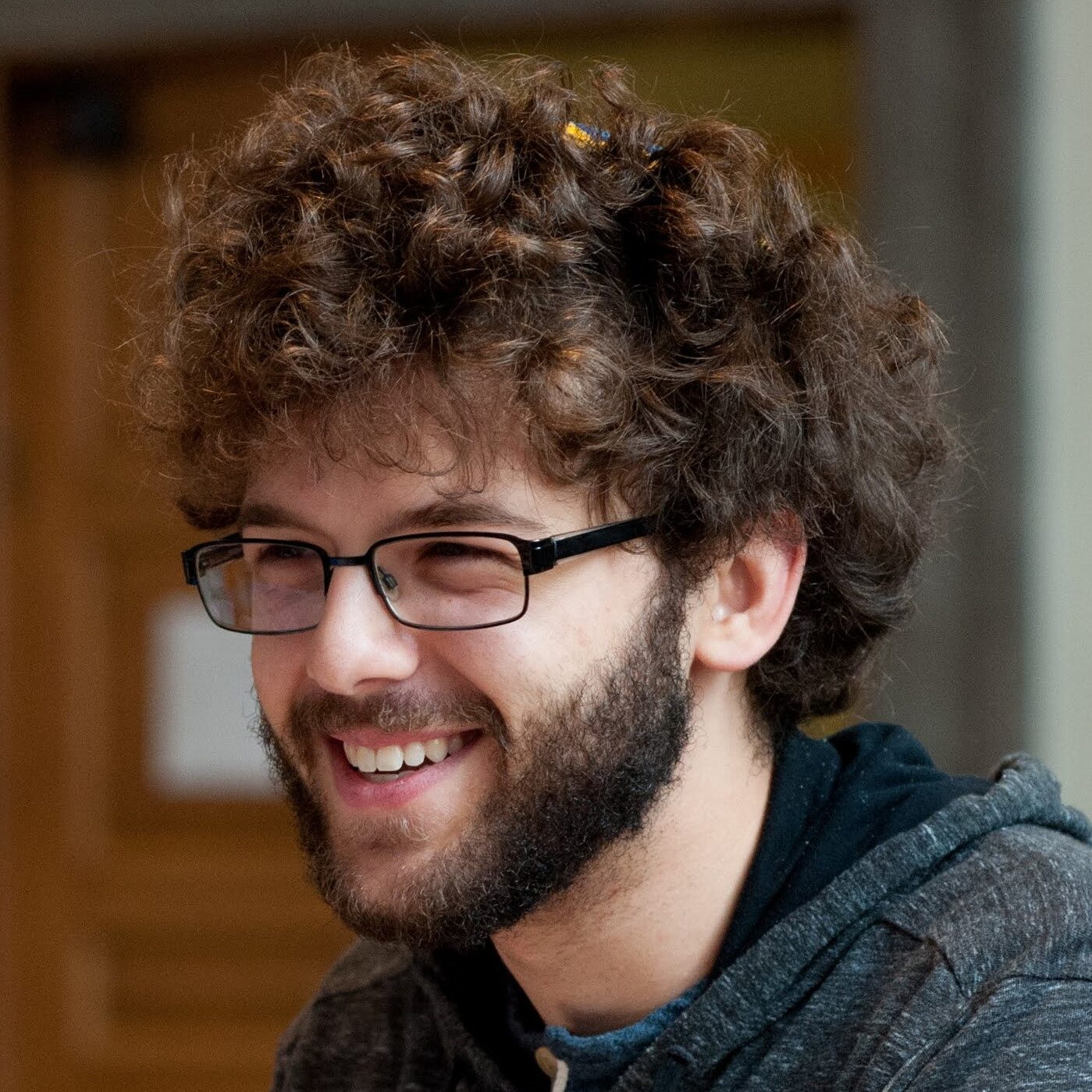
Alex Friedman (he/him) is a Rabbinical student at the Jewish Theological Seminary in his final year of study. He was a fellow in the first cohort of the Exploring Judaism's Writer's Fellowship. A native Texan, Alex grew up in the Conservative movement and has worked with and for Conservative communities across the US and in Israel. He holds a BA in Near Eastern and Judaic Studies (NEJS) and Politics from Brandeis University. Alex enjoys cooking, podcasts, Jewish music and niggunim, queer Torah, and collecting owl tchotchkes.
View all posts

